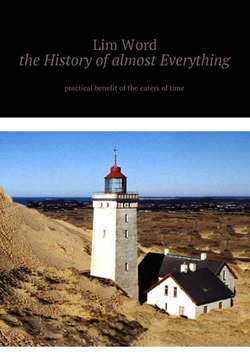Читать книгу The History of almost Everything. Practical guide of the eaters of Time - Lim Word - Страница 5
Geological Eons
Proterozoic
ОглавлениеРroterozoic – (other Greek approximately as “earlier life”) – the longest geological period, 2 billion years, starts a little more than 2.5 billion years ago. For one reason or another, oxygen accumulates in the atmosphere – and it leads to the extinction of almost all anaerobic creatures. The ozone layer is formed. The next trouble for the already accustomed organisms to new conditions is the great Huronian glaciation (2.4—2.1 billion years ago). Methane combines with oxygen, forms carbon dioxide (which contributes much less to the greenhouse effect), as a result – the Earth turns into a huge “snowball”. At the equator, it is almost as cold as in modern Antarctica. Life is preserved in relatively small polynyas and ponds with melt water.
Volcanoes gradually increase the level of carbon dioxide and methane. A new perturbation is being prepared. For a thousand years, significant areas are freed of ice, and the planet’s climate, on the whole, returns to the norm known to us.
The second option, explaining the presence of signs of ancient glaciers in the equatorial regions of the planet – a fairly rapid turn of the poles of the Earth, followed (300 million years) by their return to the site.
Somehow, sea sponges appear, that is, aquatic multicellular animals that lead an attached lifestyle, as well as mushrooms, essence, eukaryotic communities that combine the signs of plants and animals. As a result of their vital activity, soil appears.
The single continent of Rodinia splits into two parts, which diverge to the poles. The northern half is Laurasia, the southern half is Gondwana.
The sun, meanwhile, increases luminosity by 12%. The Age of Precambrian or Cryptozoic, the “Hidden Life”, (sometimes called the eons of Archean and the Proterozoic together) ends.
